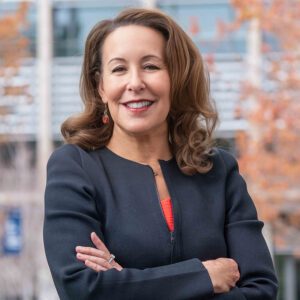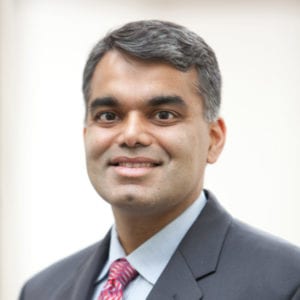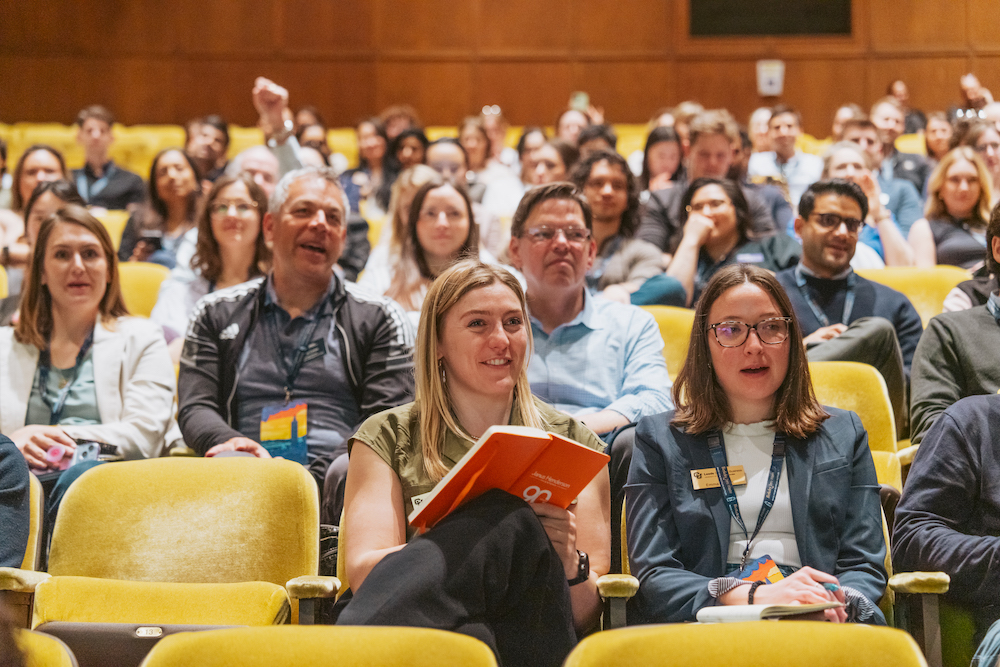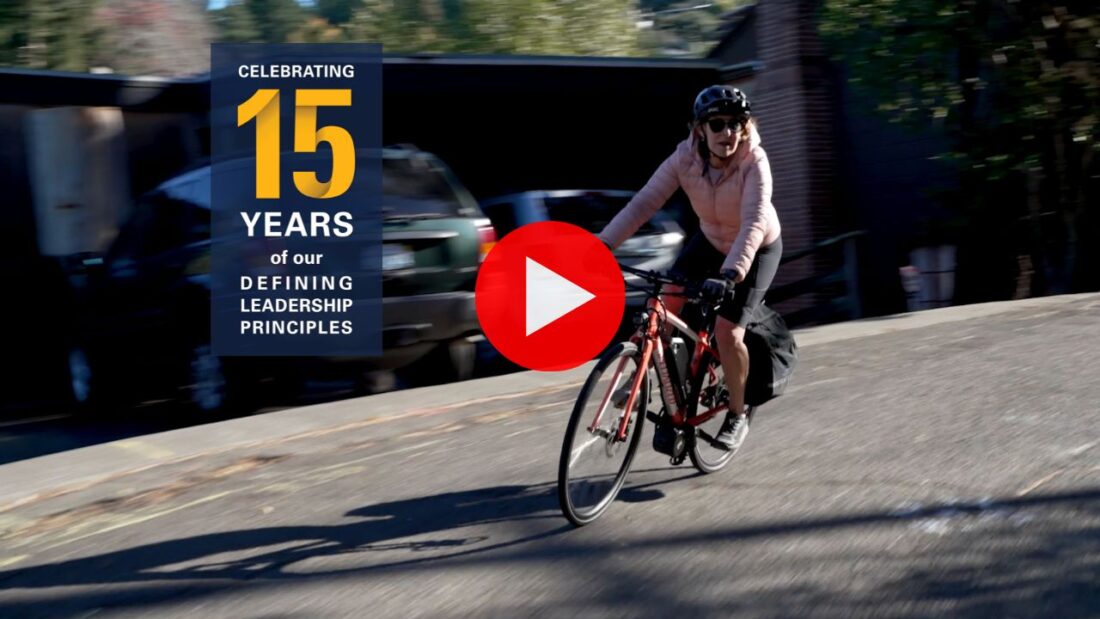Remembering Ikujiro Nonaka, our valued colleague and friend
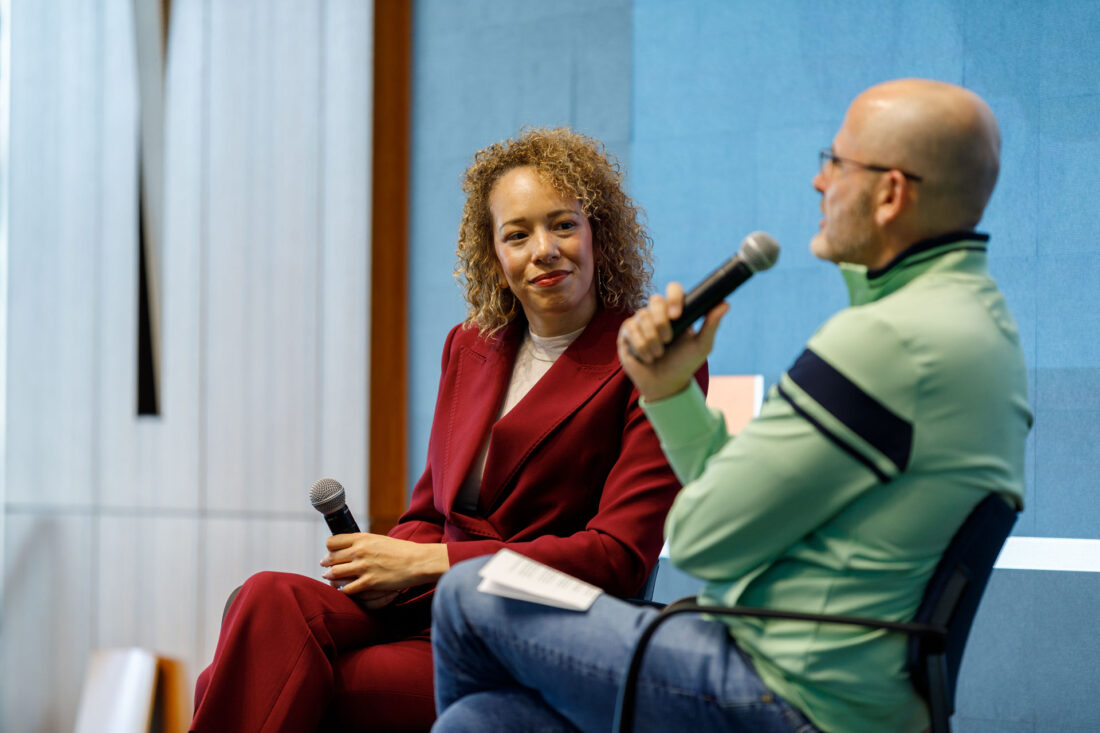
The rapid advancement and proliferation of AI is sparking urgent questions about the future of work, with companies racing to integrate new technologies while preserving their human core.
Yet the message emerging from the 2025 Berkeley Haas Culture Connect Conference was clear: While AI is transforming how work gets done, these transformations are as much about people as algorithms.
“Our employees are already coming from a place where they are using AI in their daily lives. There is that appetite, there is that excitement,” said Salesforce’s Chief Equality Officer Alexandra Siegel in a fireside chat with Laszlo Bock, co-founder of Humu and Google’s former SVP, People Operations. “The fear is: Where do I fit, and how do I learn more?”
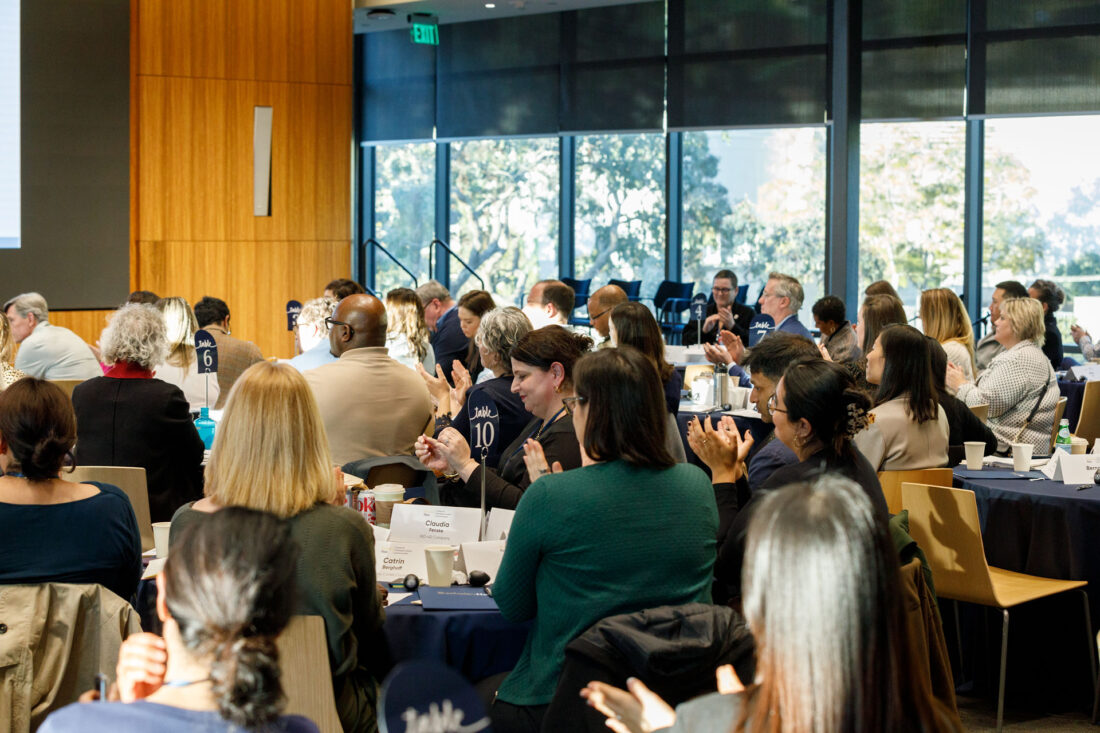
About 175 leading academics and business leaders from companies like Salesforce, Apple, and Calm gathered for the 7th-annual conference at Haas on Jan 8-9 to explore how organizations are adapting to AI, along with rising concerns about innovation, creativity, and employee mental health. Hosted by Interim Dean Jenny Chatman and Professor Sameer Srivastava, co-founders of the Berkeley Center for Workplace Culture and Innovation, the conference is unique in bringing together corporate leaders and academics to discuss the latest research insights and culture challenges organizations are facing.
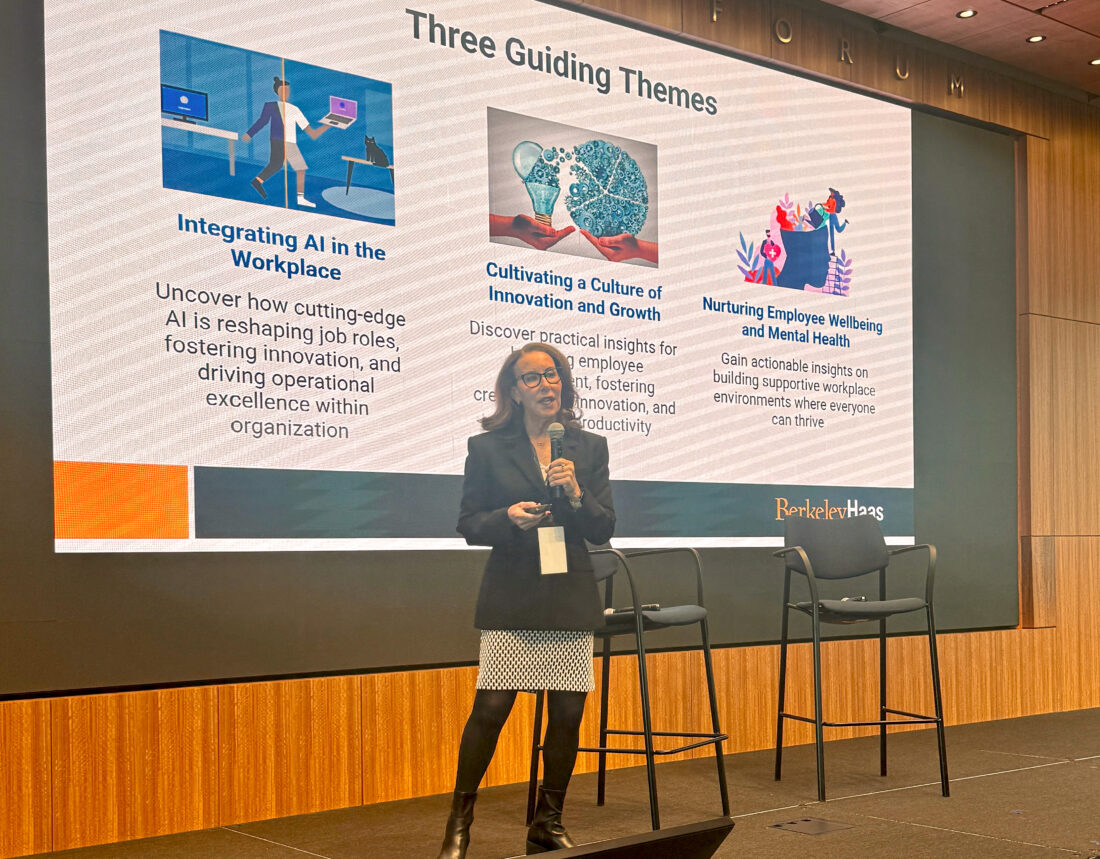
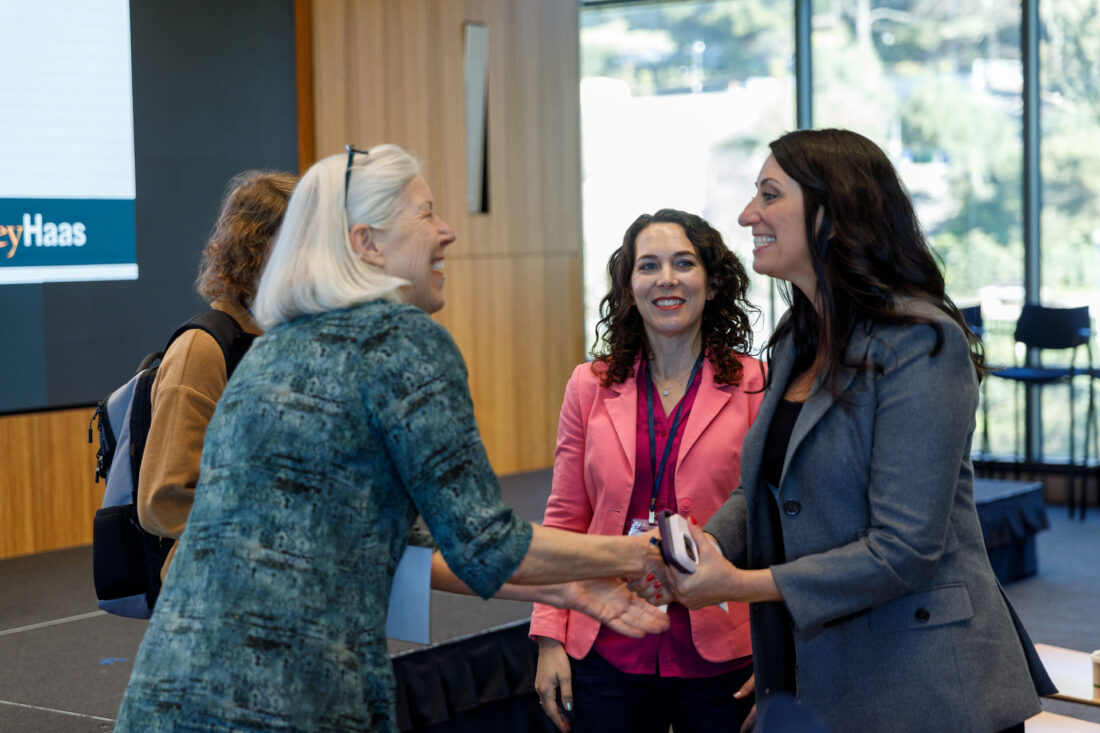
“Often when you go to a conference that you’ve been to in previous years there’s substantial overlap, but at this conference, culture is a through-line that they connect it to the breaking topic of the day,” said Michael Morris, a professor at Columbia Business School who gave a keynote talk on his new book, Tribal. ” After COVID, it was all about remote work and virtual organizations, and this year it’s about the interface of AI and culture—so it remains fresh every year.”
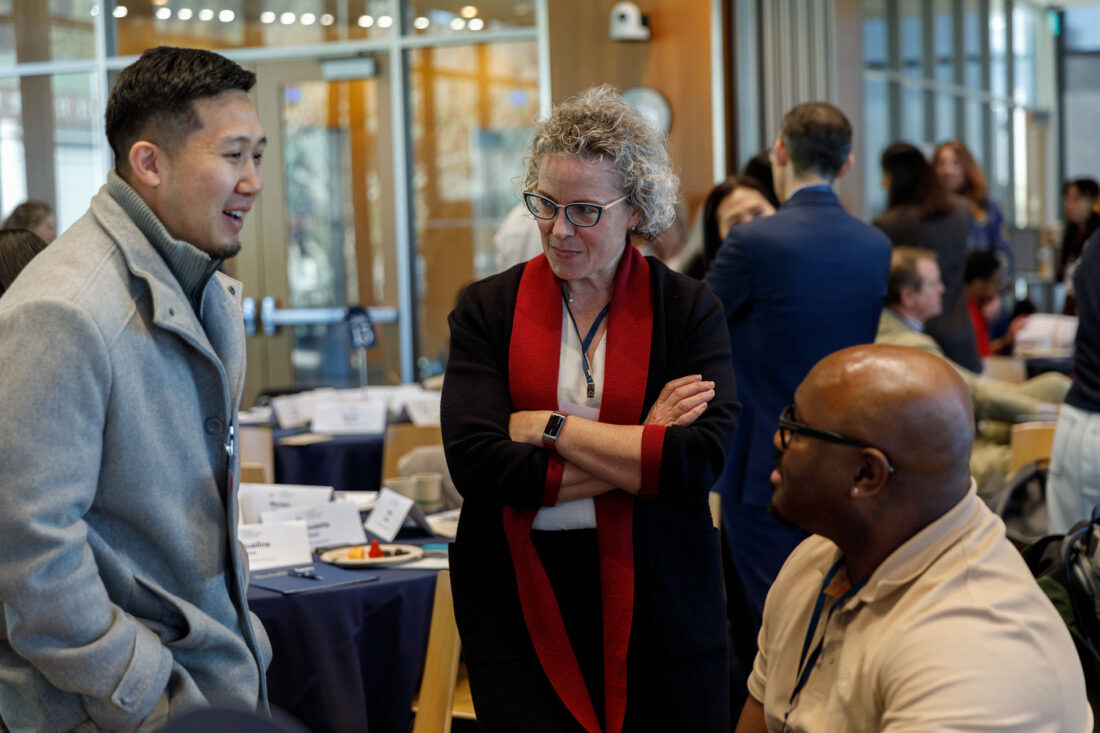
Indeed, the rapid advances in AI have led to a groundswell of new research and organizational changes and challenges. After a day focused on academic papers, Bock kicked off the corporate day with an interview with Salesforce’s Siegel, who noted that companies are starting to deploy agentic AI systems that can take action rather than just following instructions. Salesforce has a robust ethical AI team and has built a system of frontline employee “trust testers” for every new application, she said.
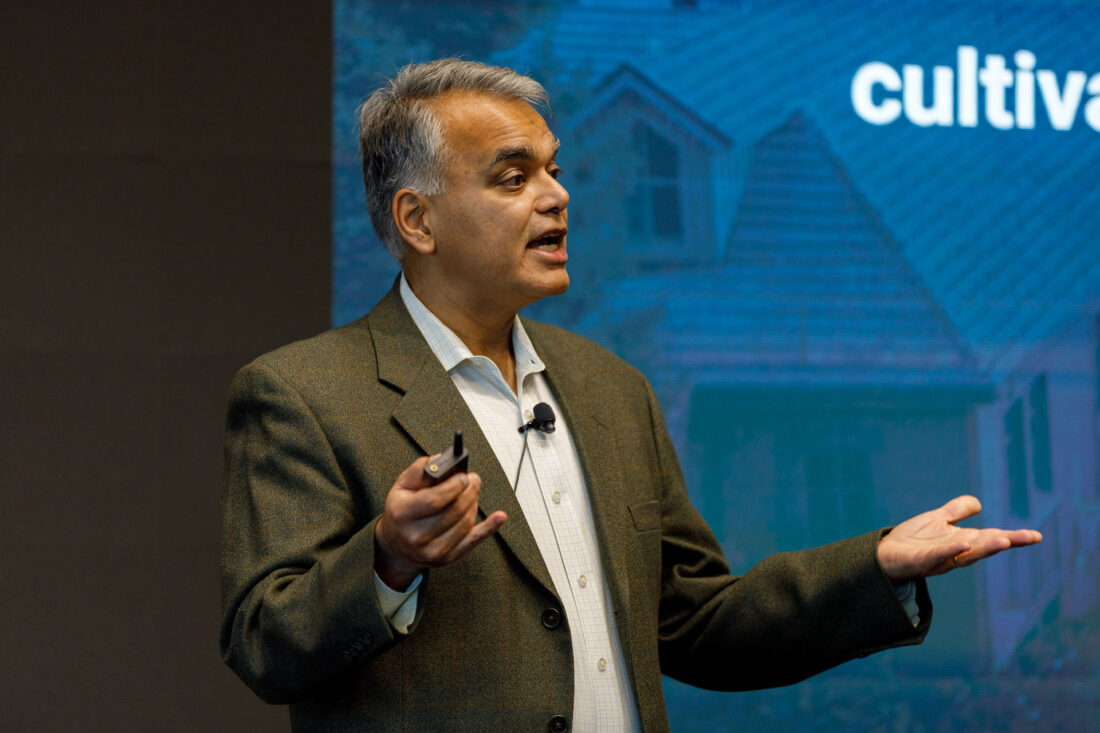
Morning sessions focused on AI integration, with Northwestern’s Bryan Seegmiller providing historical context that entry-level and middle-skill jobs have been most affected by automation in the past, but early evidence suggests AI will change highly paid jobs as well. Burning Glass Institute founder Matt Sigelman followed with a prediction that organizations will become more “diamond-shaped” rather than pyramidal. “We’ll see fewer entry-level positions but more mid-level roles requiring cross-domain skills,” he said.
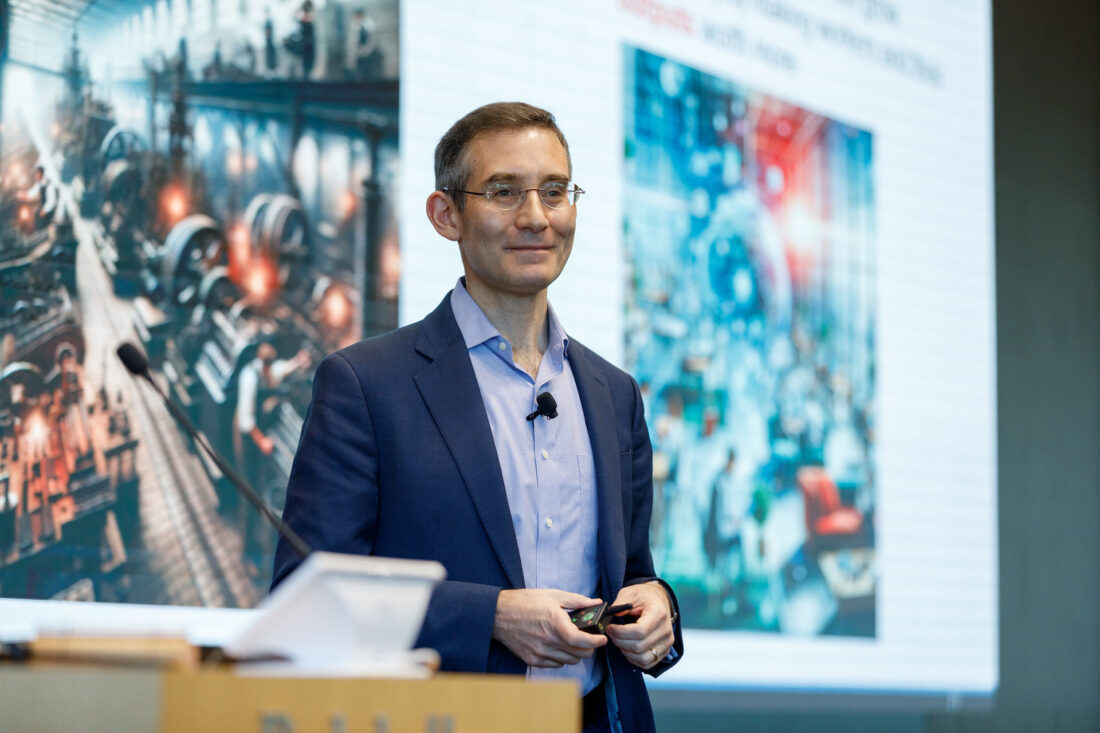
Berkeley Haas Assistant Professor Anastassia Fedyk presented new research on how adoption of AI has changed the workforce so far, increasing demand for technical skills and flattening organizations.
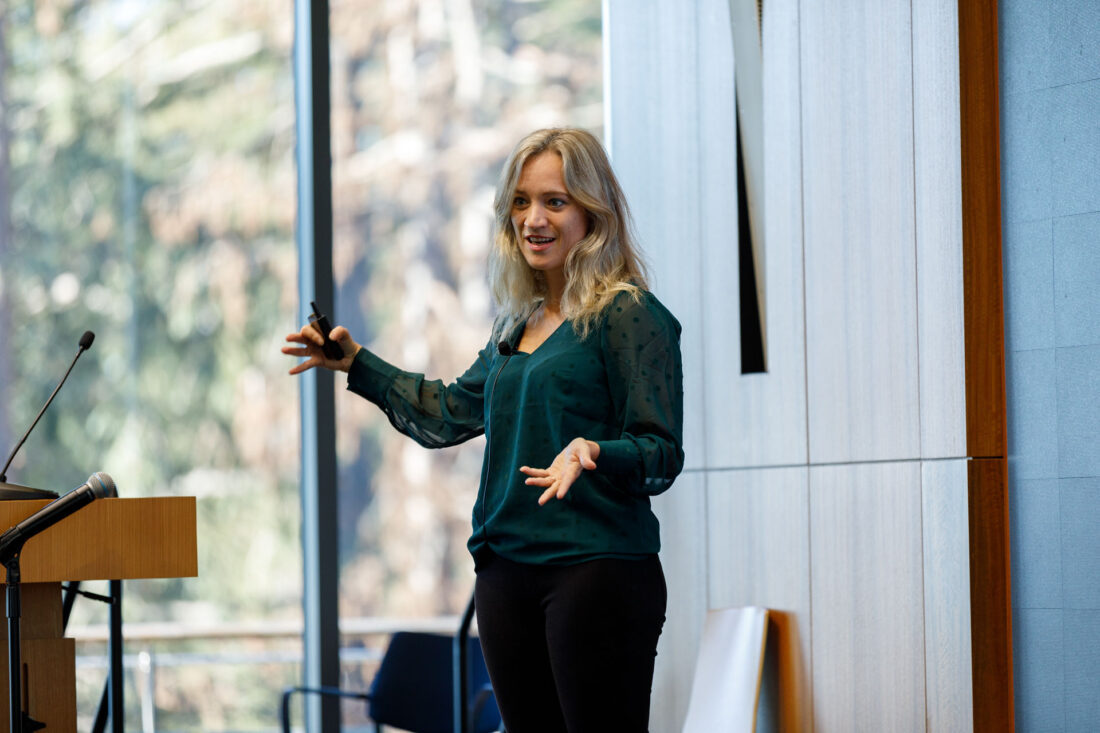
Asana’s Rebecca Hinds, head of The Work Innovation Lab, shared statistics the company has gathered about collaboration patterns, showing that 1% of employees are assigned 18% of the work. AI could help distribute workload more equitably. “Workers who see AI as a teammate rather than a tool are 33% more likely to report productivity gains,” she said.
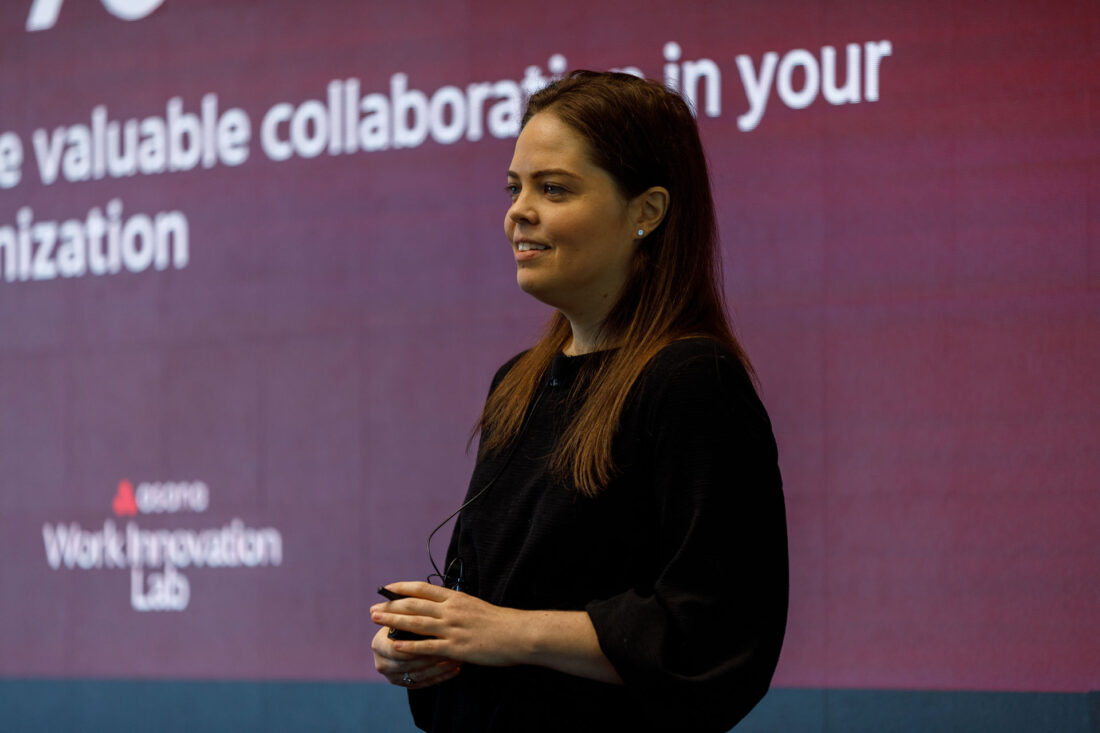
Anil Doshi of University College London presented compelling new findings that reveal a paradox: While gen AI assistance improved individual writers’ creativity, these benefits weren’t equally distributed. “The less creative writers got the biggest boost, but there was no evidence of gains for the most creative participants,” Doshi explained. What’s more, AI assistance led to increased similarity across individuals’ writing, raising questions about creative diversity in an AI-augmented future.
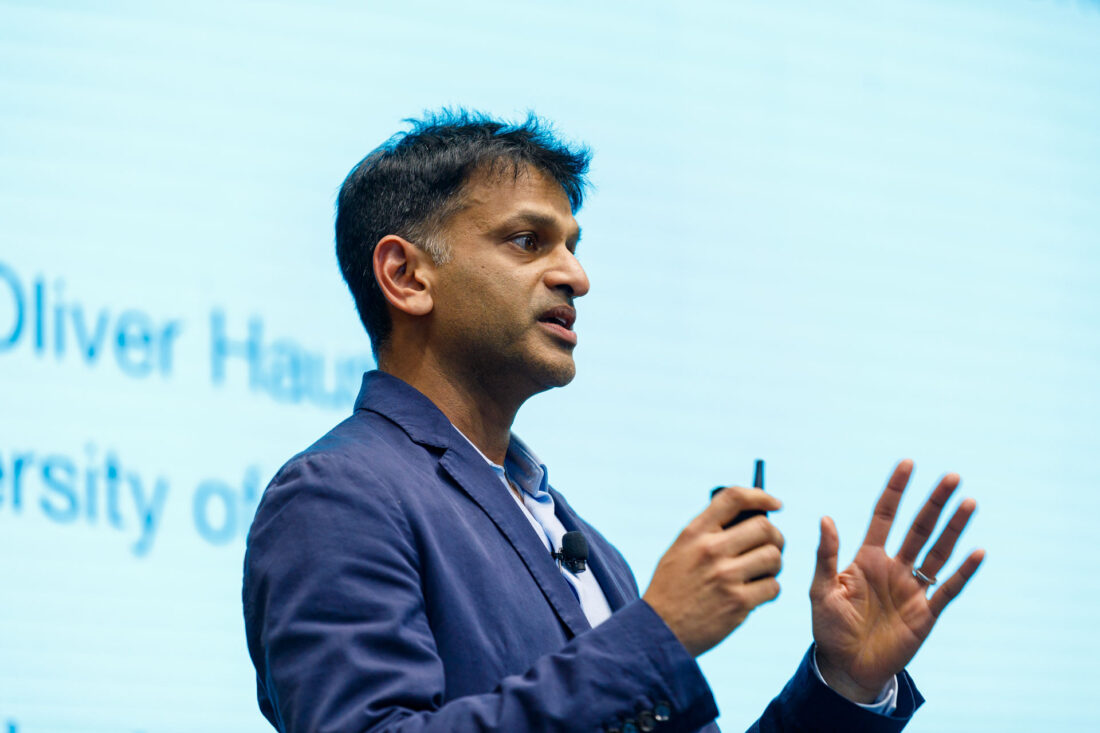
Sessions on cultivating a culture of innovation and growth featured Apple CIO Tim Campos, MBA 11, and Laura Shact, Deloitte’s AI leader for human capital consulting, on incorporating play to foster innovation.
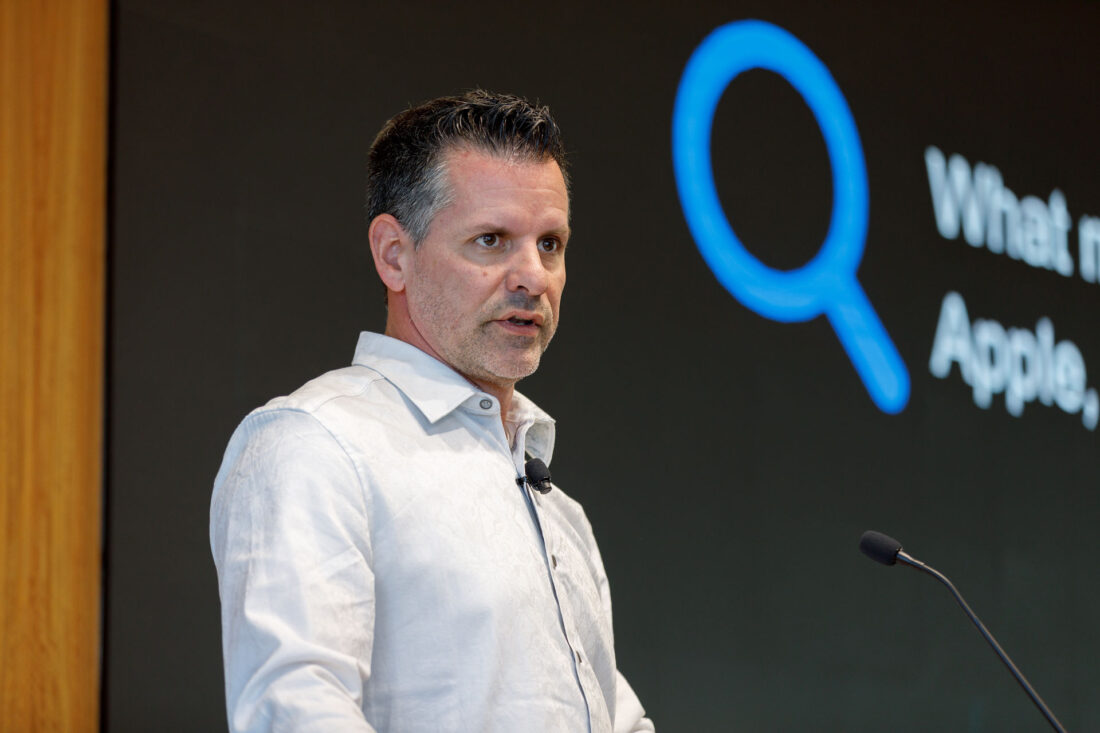
Jackie Lane of Harvard Business School on how gen AI is reshaping creative problem solving.
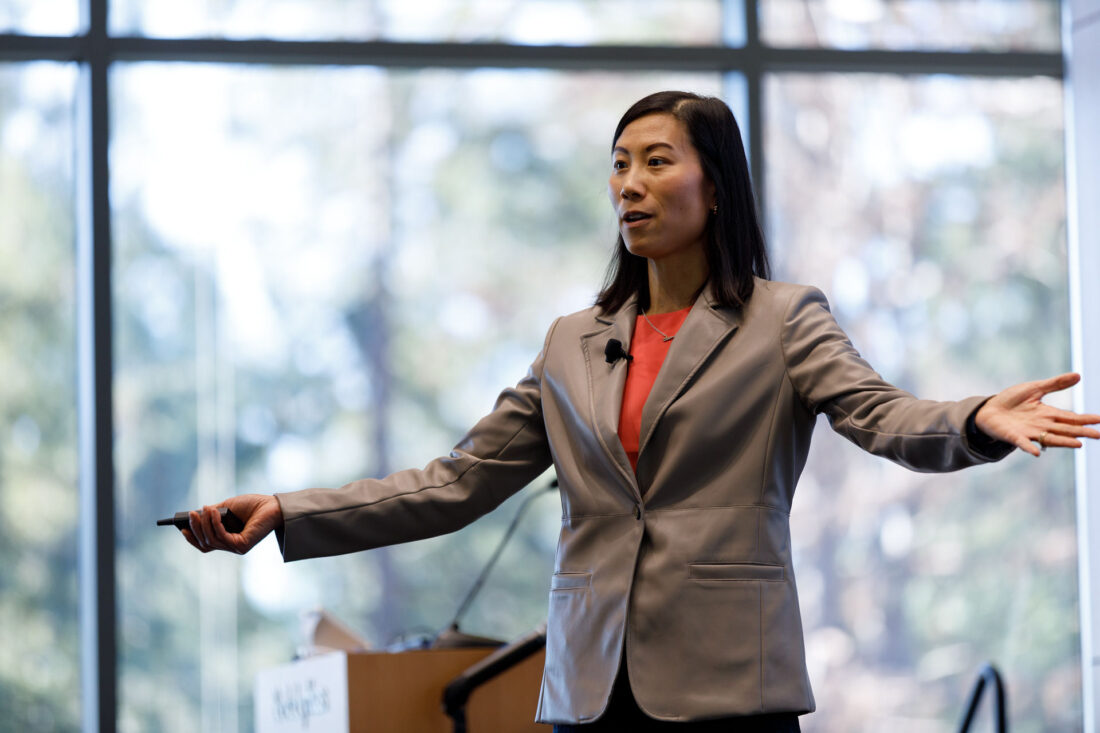
During the lunch break, Gary Muszynski of Orchestrating Excellence demonstrated how musical collaboration can enhance workplace harmony. “Teams that create music together trust each other more,” Muszynski observed, as he led attendees in an interactive session with egg shakers and plastic tubes with different resonance frequencies.
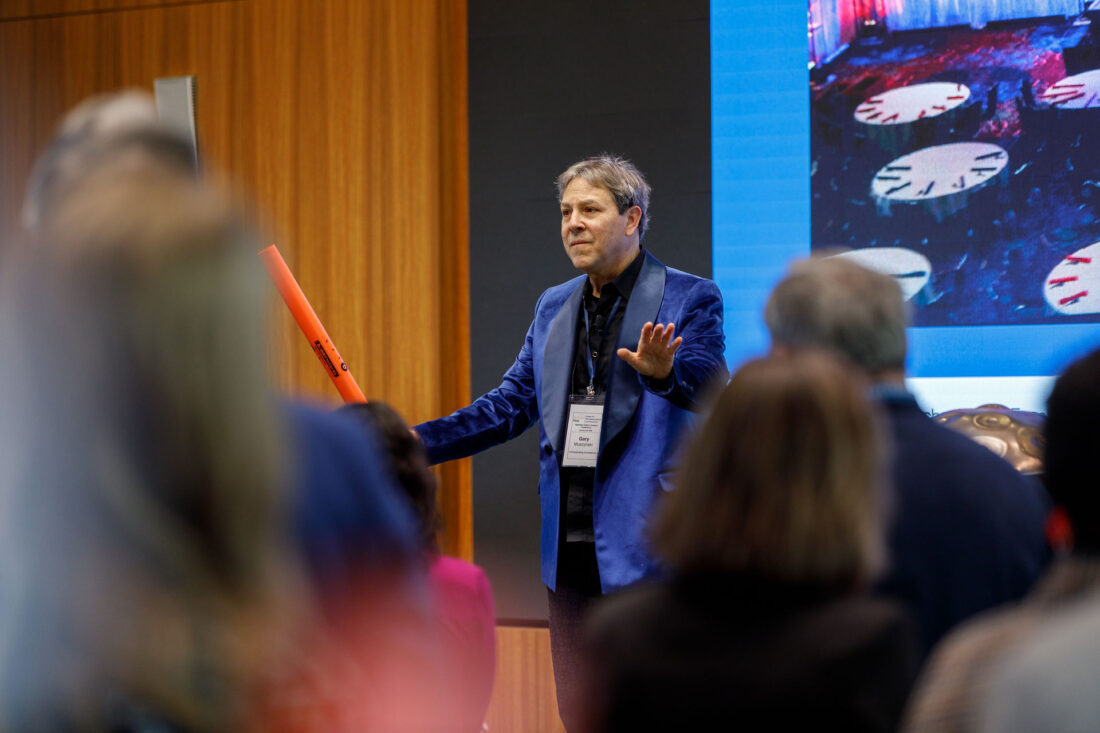
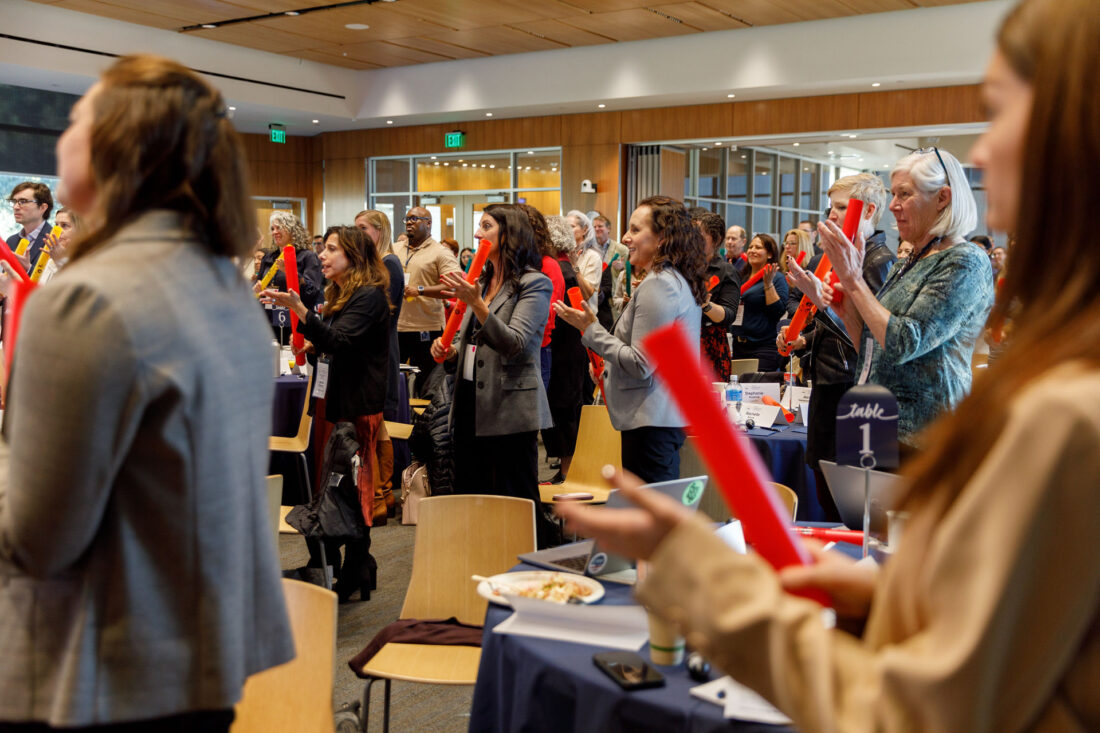
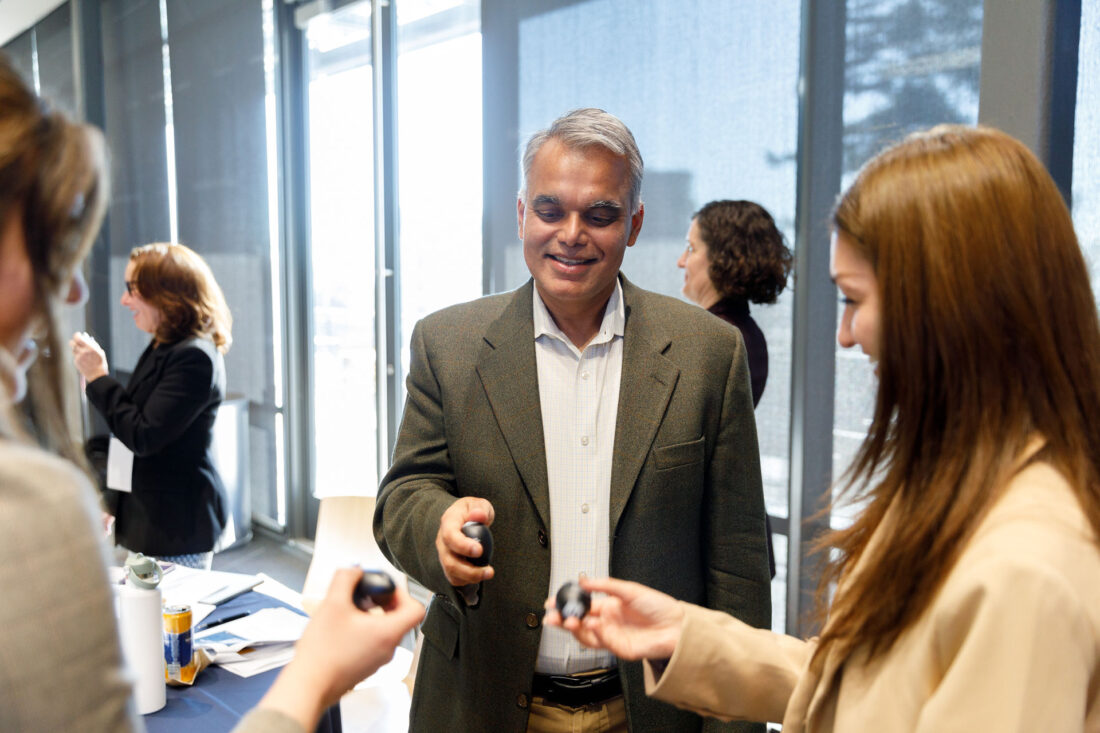
The afternoon turned to nurturing employee mental health and wellbeing. In a fireside chat with Chatman, Calm CEO David Ko discussed the dramatic growth in adoption of the meditation app during and after the COVID pandemic. He admitted he experiences high stress as CEO because “every second of every day someone relies on us for their health.”
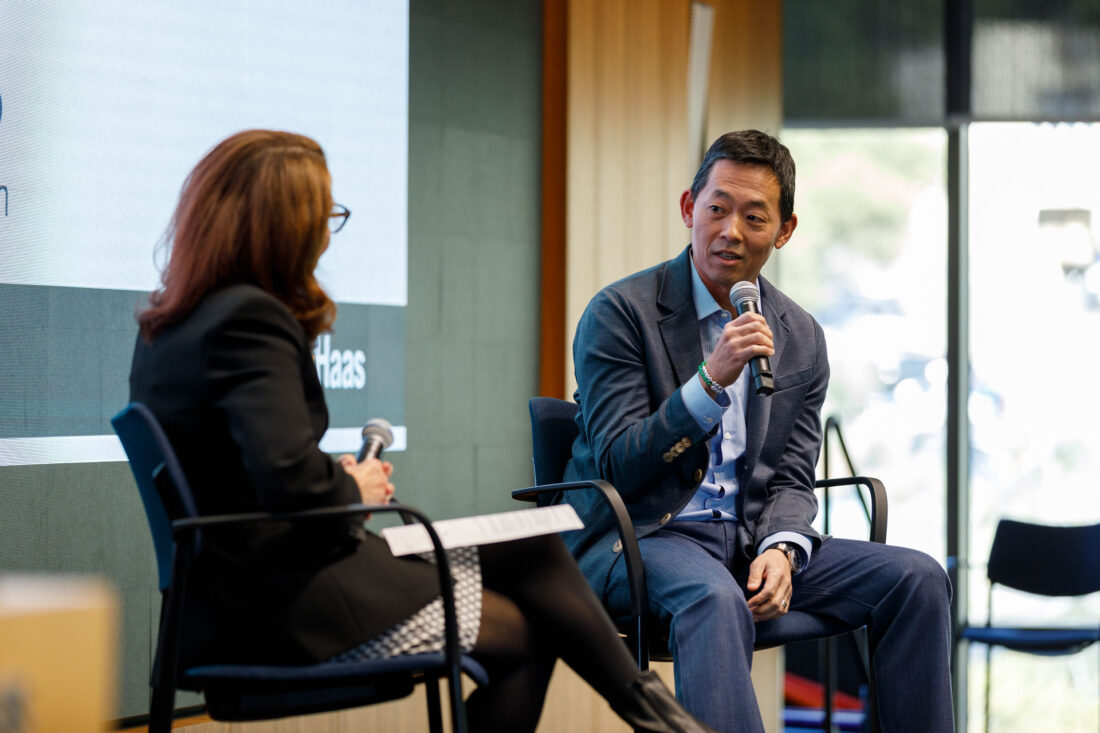
In a discussion led by Srivastava, Tracy Layney, former CHRO of Levi Strauss, addressed the challenge of maintaining employee wellness amid rapid technological change. “In a world of such volatility, how do we keep people moving forward and protecting their mental health?” Layney asked.
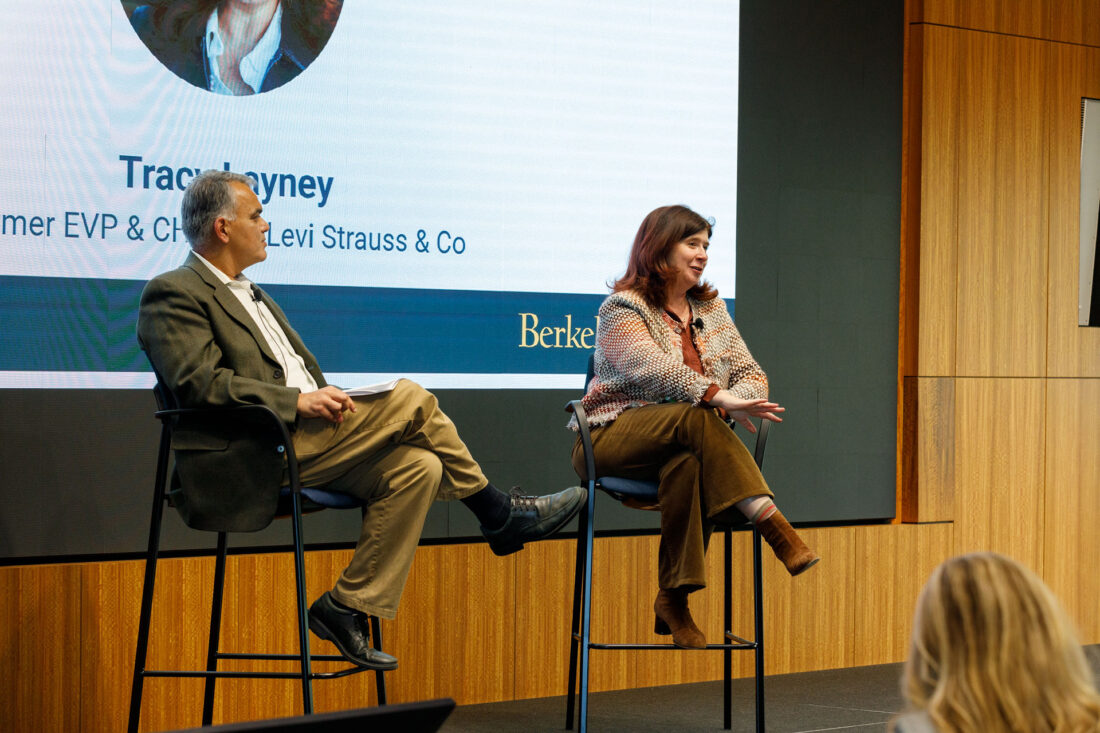
Sessions concluded with presentations by Berkeley Haas Associate Professor Mathijs De Vaan on his research showing the continued high prevalence of harassment at work, and by Emily Nix of USC Marshall on the importance of swift action by managers to address workplace violence and harassment.
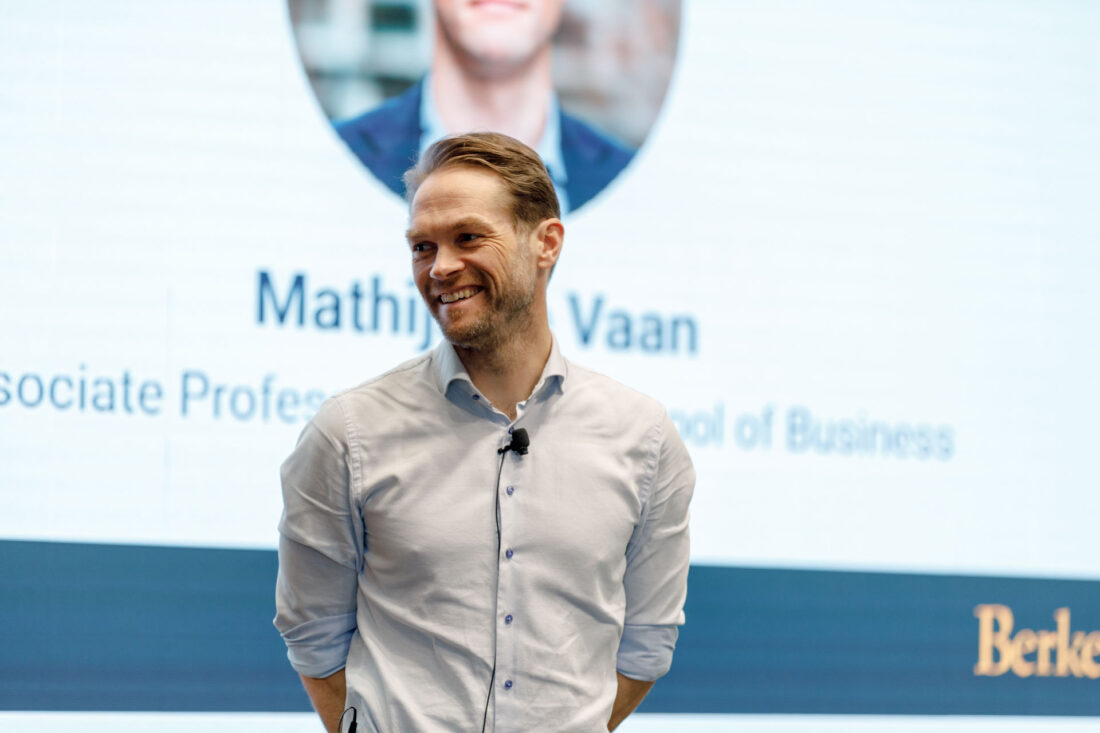
“Given how much time people spend at work, organizations are increasingly attending to employee well-being and mental health,” said Srivastava. “One important yet under-appreciated issue is the experience of harassment at work, which has direct consequences for the victim of such behavior but also negative spillovers that impose hidden costs on the organization as a whole.”
Overall, the conference highlighted both the opportunities and challenges as organizations navigate change and upheaval.
“The two days of discussions revealed that AI isn’t just changing how we work,” Chatman concluded. “It’s fundamentally reshaping how people collaborate, create, and find meaning in their work.”
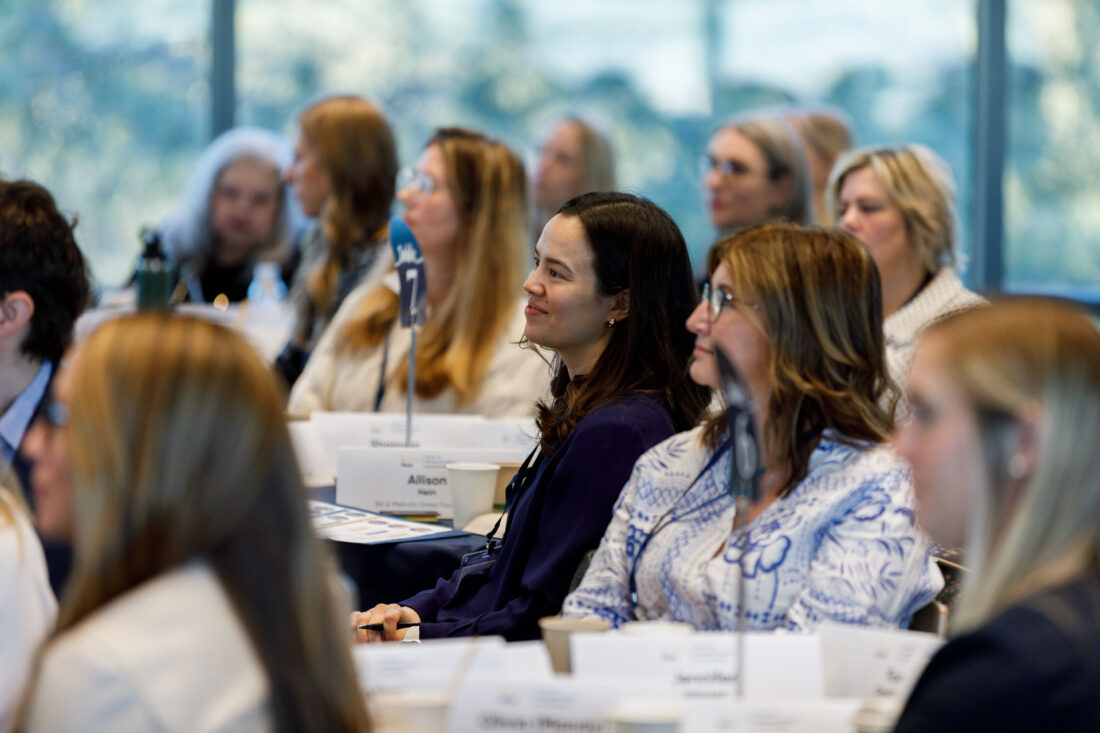
Posted in:
Topics:
